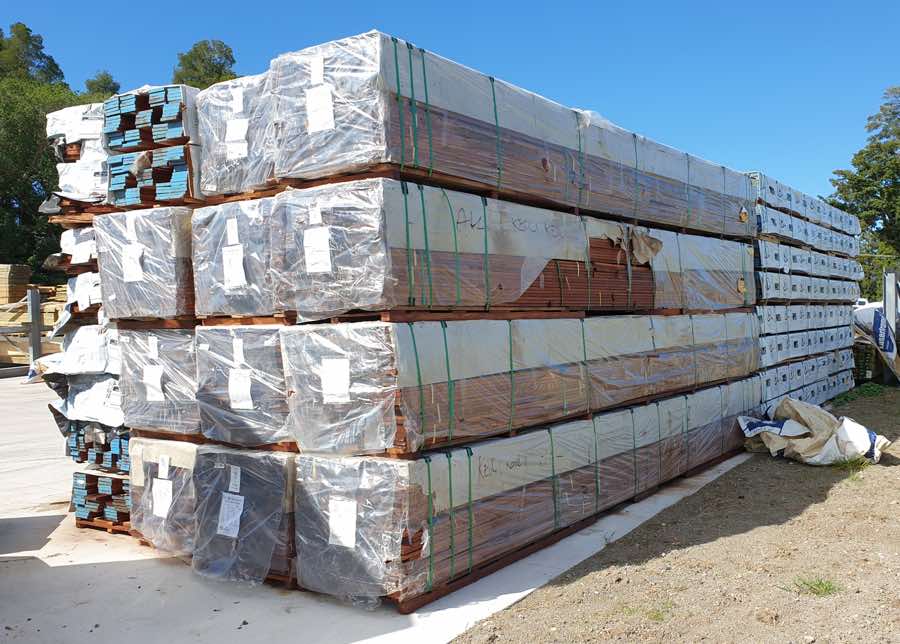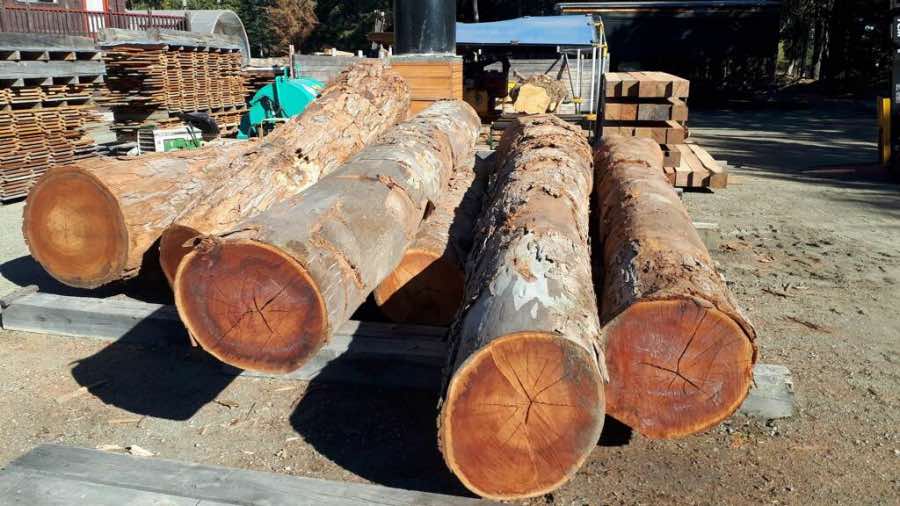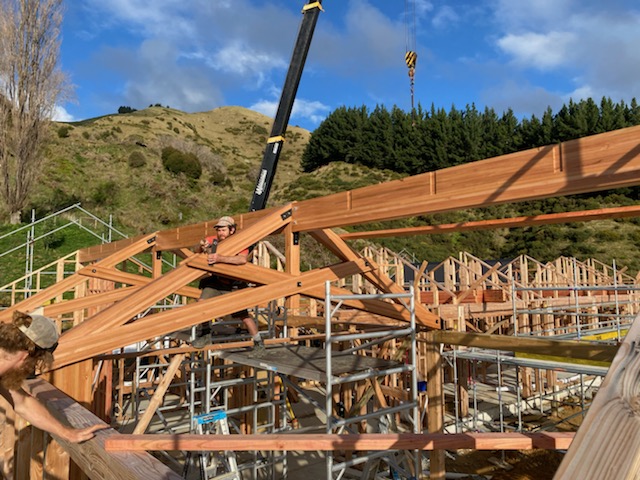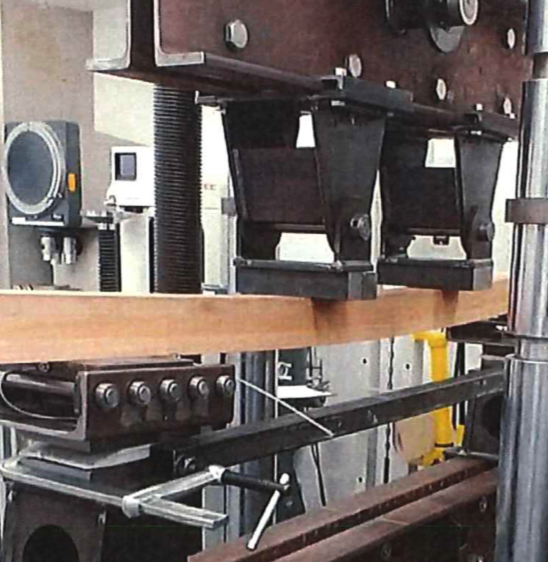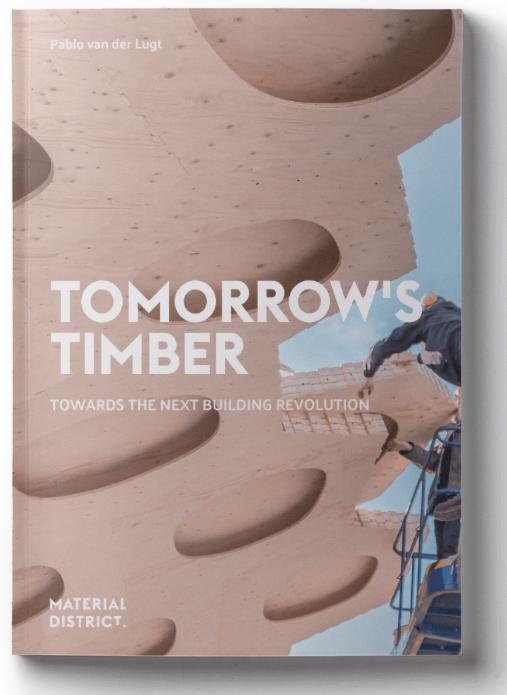|
|
|||||||||||||||||||||||||||||||||||||||||||
In this newsletter: Some interesting news coming out of the woodworks stating the obvious, that toxic timber is filling up New Zealand's landfills. While there is lots of talk about society becoming more sustainable, the only action people can cope with is where the impact is not felt by anybody. Using less plastic bags is politically digestable, but building materials are mostly plastic or toxic and the waste all goes to landfill. If you buy preservative treated timber, somebody else will have to deal with it later and that timber will become a problem. By using specialty timbers you build sustainably and actively minimise preservatives used in that build. Worst case, natural timber can be used for firewood later. Time for the market to wake up and follow our lead. Thinking about Kwila for your deck? Look at the latest on what is happening in the Solomon Islands, an article from 2021. "If logging continues at its current rate, natural forests will be exhausted by 2036". That's sobering. I'm not surprised when I see mountains of kwila at my local Carters selling for $6 per lineal metre:
Technology and innovation opens doors for using timber that would otherwise not be available. From the Herald, this one Wood Engineering Technology launches lumber 'revolution' with opening of Gisborne plant showcases an innovative approach to producing engineered framing/structural timber from young, small trees or low quality logs. Although the WET process is currently radiata only, thus requiring H1.2 preservative treatment, perhaps the technology could be applied to untreated timber such as plantation cypress heartwood; or by using the "Douglas-fir exception" in clause B2 of the building code for untreated cypress, eucalypt and Douglas-fir framing from young trees. Glulam is not a new technology, but in New Zealand the rules are that the only easy option is radiata pine. Radiata pine is okay for an industrial-appearance glulam product, but its stiffness limits applications and performance. In other countries like Australia where the rules are not so radiata-centric, high-stiffness timbers such as eucalypt are commonly used for glulam. Good strength and stiffness mean longer spans and with less timber required. Not only does eucalypt have excellent strength and stiffness properties, but it also looks great. So why don't we use hardwood glulam here in New Zealand? I've been asking this question for years. The answer is that it's an "alternative solution" under the building code. Only brave pioneers go against the status quo "acceptable solution", radiata pine. Luckily some of our members and supporters are leading the way and unravelling the opportunity: Before: The Eucalyptus saligna logs... ...to create appearance glulam beams:
I'll be keeping you informed on progress with this exciting building project that is using "the right" range of natural specialty timbers for "the right" applications. Although there has been some progress with industry funding going into development of Douglas-fir Cross Laminated Timber (CLT) panels, CLT will likely remain the exclusive domain of radiata pine here in New Zealand for some time. Tasmania, on the other hand, is now making CLT from their plantation eucalypt with a company CUSP offering plantation hardwood CLT to the market. What interests me most is their product marketing. They are calling the product CLTP, the ‘P’ emphasizing the “New Supply Line” approach from plantations to projects by and for the people. Buy local, buy sustainable, buy natural timber. Please contact me with anything you are doing that could be interesting for newsletter readers. Dean Satchell
This magnificent resource exhibits the rich history of both the native and exotic forest and wood processing operations over the past 140 years. While it was initially established 50 years ago, the Trustees and Manager are now embarking on a major expansion and with a changing focus to offer a major Waikato Events Centre, with the NZTM at its core (itself being expanded). Substantial recent and new funding has been raised, but to further enhance the visitor experience additional donations, in cash or in kind are always welcome. Our new Manager Anne Clothier and the Trustees welcome all of you to visit “your place”. We have developed a presentation which briefly outlines the history, some of the exhibits and attractions already available, and some new projects we are currently, or will soon be working on. The Museum has a live website which is continually being updated. Dennis Neilson Colleague and friend Pablo in Holland has created this book Tomorrows Timber – carbon/ timber/ the revolution – it’s excellent.
In Tomorrow’s Timber, new timber innovations are explored, including the materials, products, elements and complete building systems, providing context for this emerging shift in design and construction. Inspiring case studies worldwide show that the mass timber revolution is happening as we speak. Tomorrow’s Timber contextualizes the challenges and how forests and mass timber can help solve our global problems by mitigating climate change while supporting the move to a less resource dependent, circular bio-based economy. Jerome Partington Search the marketplace »
|
|||||||||||||||||||||||||||||||||||||||||||
Disclaimer: While every effort is made to ensure the accuracy of the information provided on this site, Farm Forestry Timbers Society do not accept liability for any consequences arising from reliance on the information published. If readers have any doubts about acting on any articles they should seek confirming, professional advice.
 Farm Forestry New Zealand
Farm Forestry New Zealand Farm Forestry Timbers
Farm Forestry Timbers 
